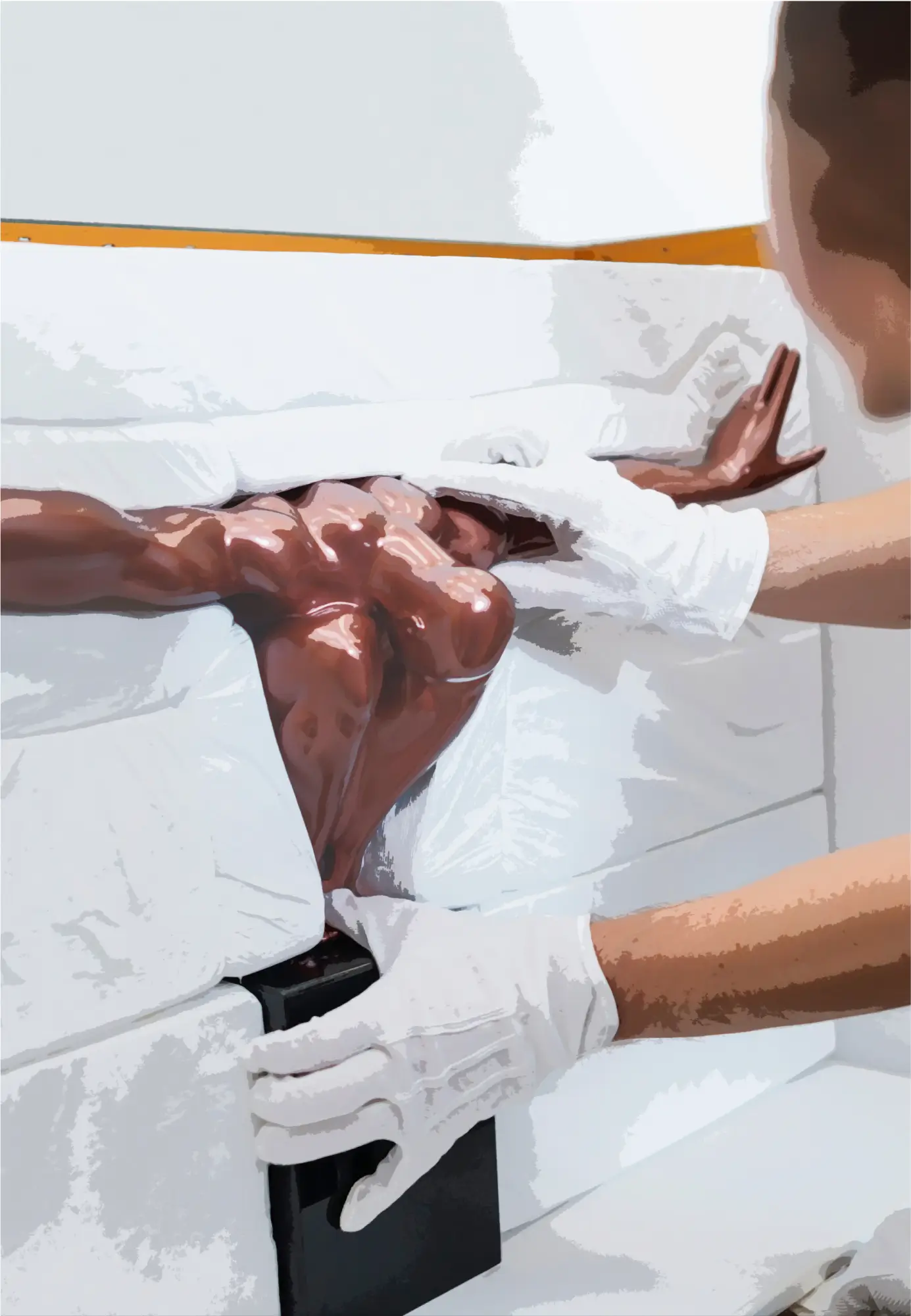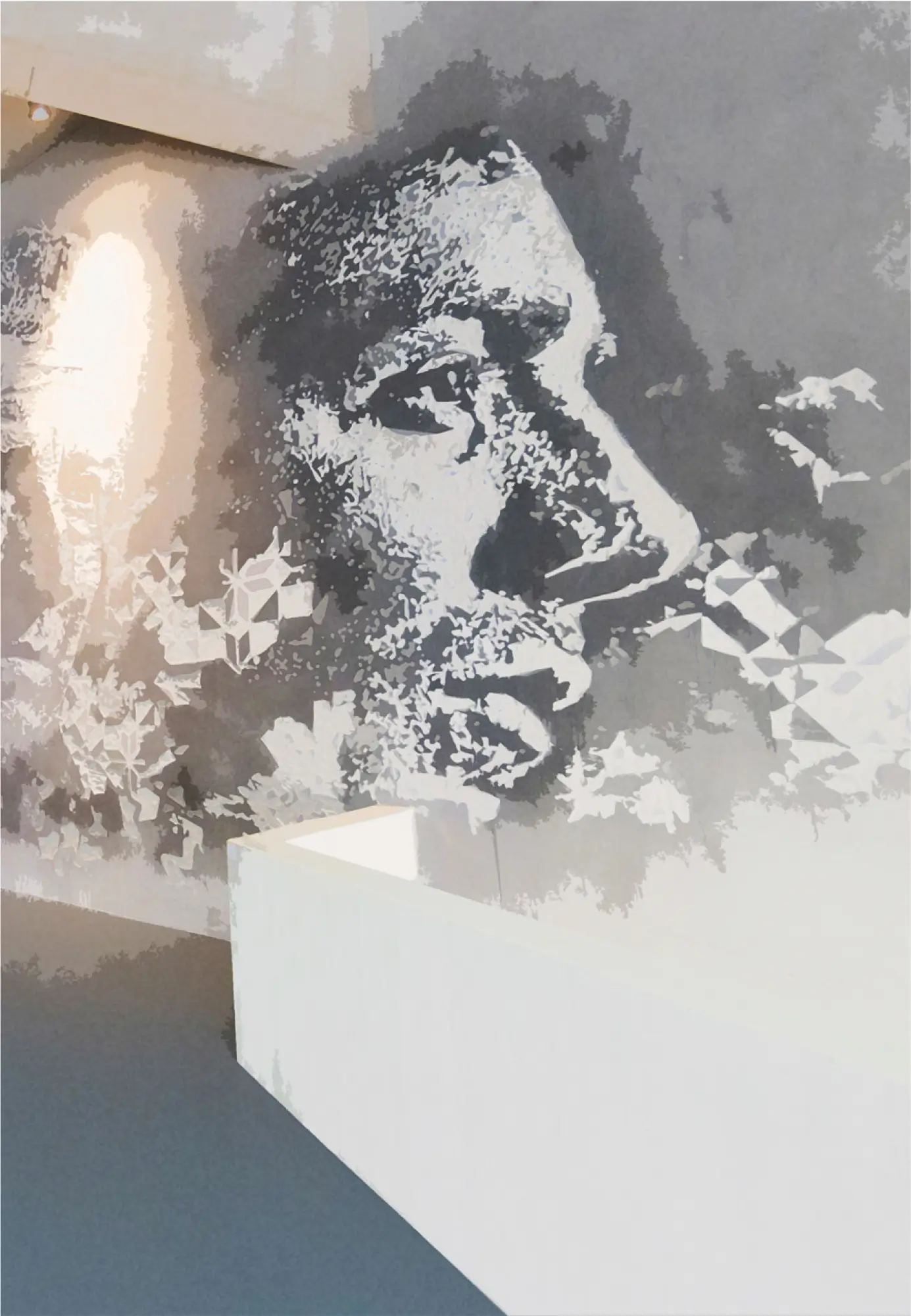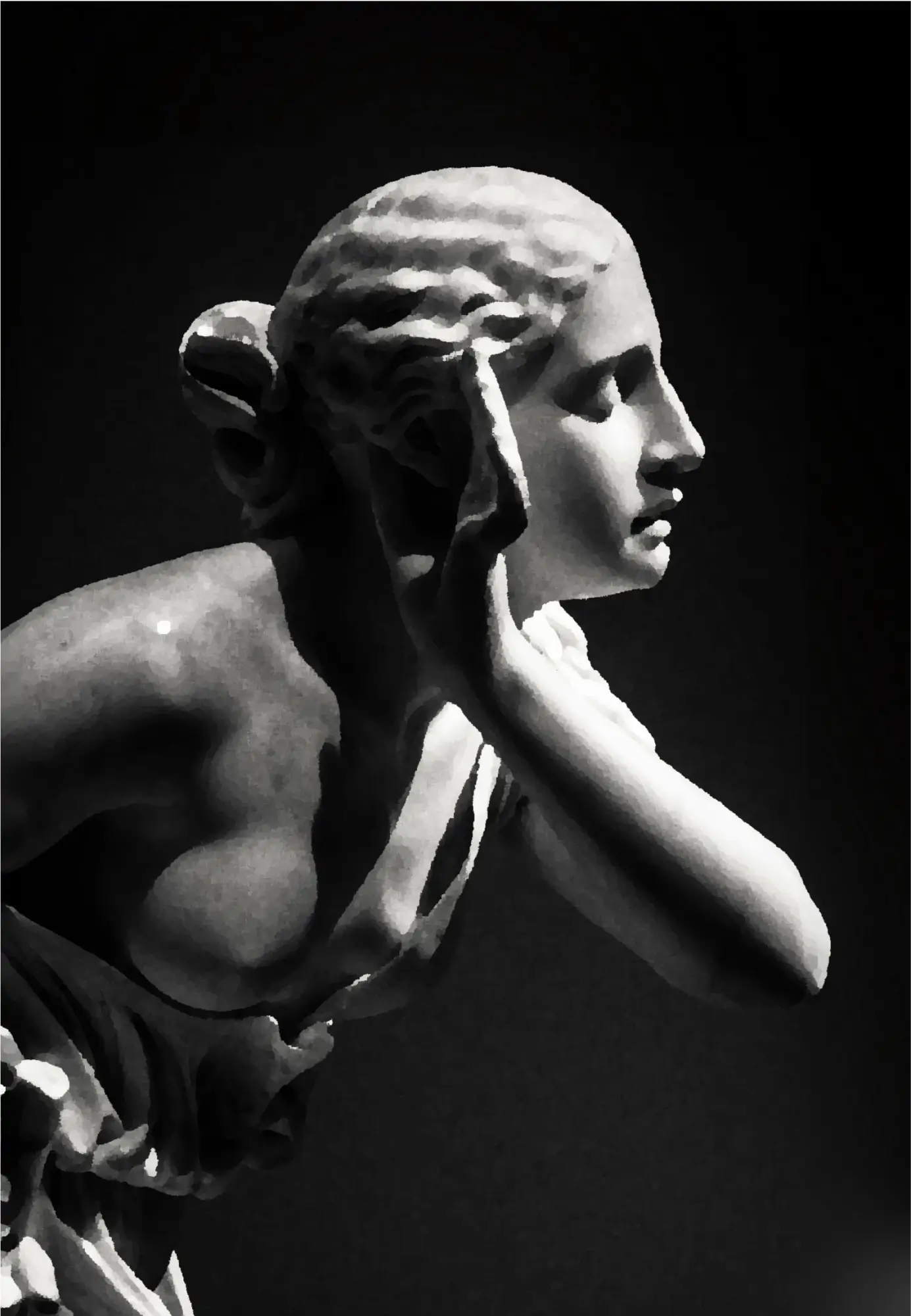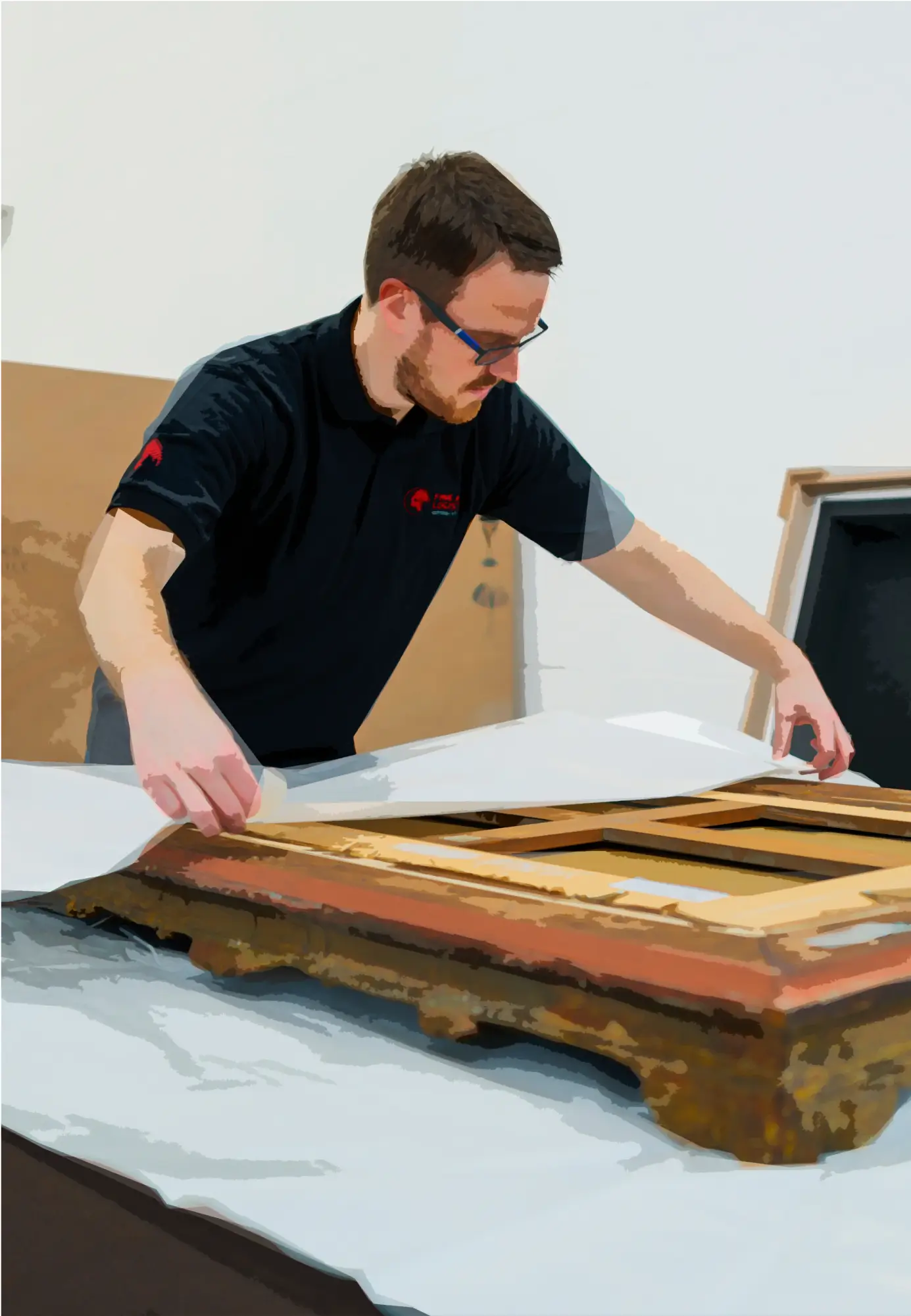How to prevent mold and deterioration on paintings with temperature-controlled storage
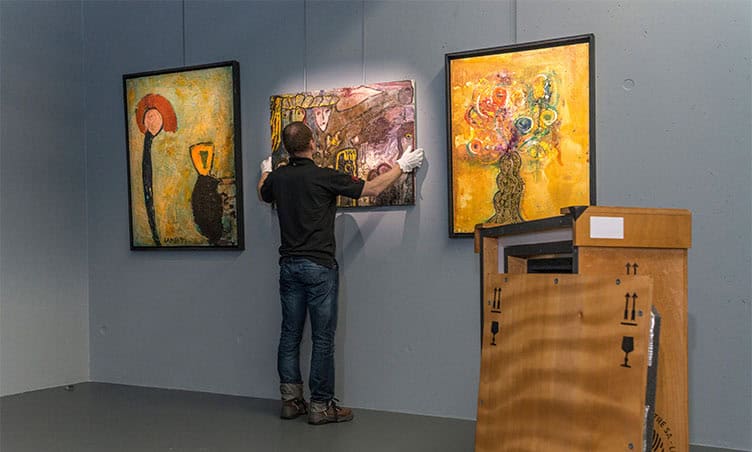
Mold is one of the most insidious and damaging enemies of paintings. A small variation in humidity or temperature can irreversibly alter pigments, canvases, or wooden frames. For collectors, museums, and investors, long-term art preservation depends on strict environmental control. Temperature- and humidity-controlled storage is not a luxury — it’s a necessity to maintain the value and integrity of an artwork. In this article, we explore the best practices to protect your paintings.
Why is humidity the main risk factor?
Direct effects on canvases
- Mold growth occurs above 65% relative humidity (RH).
- Wooden supports can warp, and paint layers may crack.
Financial impact
According to the International Council of Museums (ICOM), poor conservation can cause a loss of up to 50% in artwork value.
Ideal parameters for preservation
Controlled temperature
- Optimal range: 20–22°C.
- Stability is key: avoid fluctuations greater than 2°C.
Relative humidity (RH)
- Recommended level: 50–60% (Canadian Conservation Institute, 2024).
- Below 45%: fibers become brittle.
- Above 65%: risk of fungal growth.
Continuous monitoring
- IoT-connected sensors (AES-256 encrypted, auditable) send alerts in case of variation.
- Data archived for 10 years — a museum-grade standard.
Which technologies should you use?
Climate control systems
- Multi-point sensors with automated alerts.
- Air filtration to reduce dust and airborne pollutants.
Integrated physical security
A secure art storage facility combines 24/7 surveillance, biometric access control, and climate-controlled rooms.
Real-world example
A 19th-century painting stored in a domestic cellar can develop mold within six months, whereas in a controlled-humidity facility it remains stable for decades (Getty Conservation Institute, 2024).
Best practices to adopt
- Avoid basements: too humid and poorly ventilated.
- Never expose artworks to direct light: UV rays cause discoloration.
- Store vertically using suitable shelving systems.
- Use neutral, acid-free covers for protection.
Why entrust your paintings to a professional?
A fine art storage facility in Luxembourg such as Fortius provides:
- ISO 11799-certified infrastructure.
- Climate-controlled rooms designed for professional art preservation.
- Additional services: secure transport, insurance, and restoration.
Learn more about why choosing a professional storage solution is essential for your collection.
FAQ
1. What is the ideal humidity level for storing an old painting?
Between 50% and 60% RH. Above that, the risk of mold is high.
2. Are temperature variations more damaging than humidity?
Both are critical, but humidity stability is the top priority to prevent cracking.
3. Can a painting be temporarily stored in a private home?
It’s possible but strongly discouraged beyond a few weeks without monitoring.
4. Why choose Fortius over a traditional self-storage facility?
Because self-storage does not guarantee climate control or specialized security for artworks.
Preventing mold and deterioration is not just a matter of aesthetics — it’s about protecting cultural and financial heritage. Through temperature- and humidity-controlled storage, your paintings retain their value and brilliance for generations to come.
Contact Fortius today for a personalized assessment of your conservation needs.

Art enthusiast?
Download the worldwide art sales calendar and never miss an important sale or event!
Discover the calendar